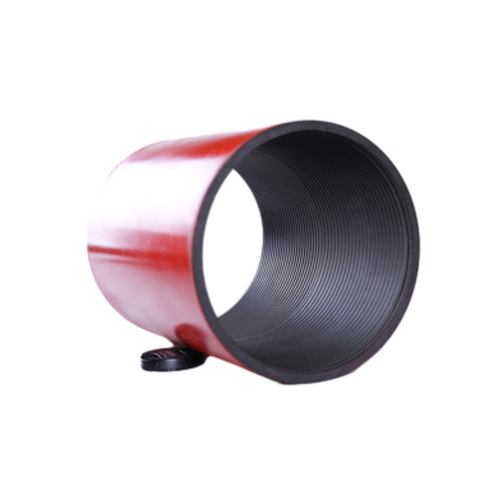Understanding Bull Plug Dimensions for Optimal Fitting and Application Selection
Understanding Bull Plug Dimensions
In various fields, including engineering, plumbing, and manufacturing, the understanding of component dimensions is crucial for ensuring functionality and safety. One such component is the bull plug, a fitting widely used in piping systems. This article will delve into the dimensions of bull plugs, their applications, and their importance in maintaining system integrity.
What is a Bull Plug?
A bull plug is a type of pipe fitting specifically designed to close off the end of a pipe. Often referred to as a “blind plug,” it prevents the passage of fluid, gas, or other materials throughout the piping system. The terminology can vary based on regional dialects, but the function remains the same. Bull plugs are essential for isolating sections of a system during maintenance and repairs, ensuring that no leaks or spills occur.
The Importance of Dimensions
The dimensions of a bull plug are critical for its proper function in any system. If a plug does not fit securely within the pipe, it can lead to leaks, pressure drops, or even catastrophic failures. The sizing of bull plugs typically involves parameters such as diameter, length, and thread specifications.
1. Diameter The most essential dimension of a bull plug is its diameter, which must match that of the pipe it is intended to close. Common diameters range from small sizes—like 0.5 inches—to larger sizes, such as 36 inches or more, depending on the application. Standard sizing ensures compatibility with various pipes while facilitating easy installation and removal.
2. Length The length of a bull plug is another critical measurement. While many bull plugs are designed to fit within the nominal diameter of the pipe, the exact length may vary according to the specific design requirements of the system—especially if the plug needs to extend beyond the surface of the pipe.
bull plug dimensions

3. Thread Specifications In cases where threaded bull plugs are used, the thread dimensions must be carefully considered. Standardized thread dimensions, such as National Pipe Thread (NPT) standards in the United States, ensure that bull plugs create a secure seal when screwed into place, minimizing the risk of leaks.
4. Material Considerations The dimensions of a bull plug also often influence the choice of material. Common materials include brass, stainless steel, and PVC. Each material has specific density and strength characteristics that determine the appropriate dimensional tolerances for the application.
Applications of Bull Plugs
Bull plugs are utilized in a wide array of applications across multiple industries. In oil and gas pipeline systems, bull plugs are used to safely isolate segments of the pipeline, particularly during maintenance or in the event of a leak. In water supply systems, they serve a similar role, guaranteeing the safety and integrity of water delivery networks.
In manufacturing, bull plugs can be found in hydraulic and pneumatic systems, where they are employed to seal ports and ensure that the machinery operates efficiently. The automotive industry also employs bull plugs in various assemblies to prevent contamination and maintain pressure.
Conclusion
In conclusion, the dimensions of bull plugs play a pivotal role in a wide range of industries. Their ability to effectively seal pipe openings ensures that systems can operate safely and efficiently. When selecting a bull plug, it is vital to consider the diameter, length, thread specifications, and material compatibility. A thorough understanding of these dimensions not only enhances performance but significantly contributes to the overall reliability and safety of piping systems. Properly dimensioned bull plugs facilitate efficient maintenance and prevent malfunctions, underscoring their importance in diverse applications. Whether in plumbing, oil and gas, or manufacturing, the humble bull plug remains an unsung hero of engineering design, integral to the seamless operation of interconnected systems.
-
Tubing Crossover - API Compatible, Custom Sizes, In StockNewsNov.10,2025
-
Tubing Coupling | High-Strength, Leak-Proof Steel CouplingsNewsNov.10,2025
-
Wholesale API Threading Casing Coupling | API 5CT, Fast ShipNewsNov.10,2025
-
Pup Joint Supplier | API Certified, Custom, Quick ShipNewsNov.10,2025
-
Pup Joint Manufacturers | Precision Machined, Fast DeliveryNewsNov.10,2025
-
Tubing Coupling | Precision Steel, Leak-Proof, Fast DeliveryNewsNov.03,2025







